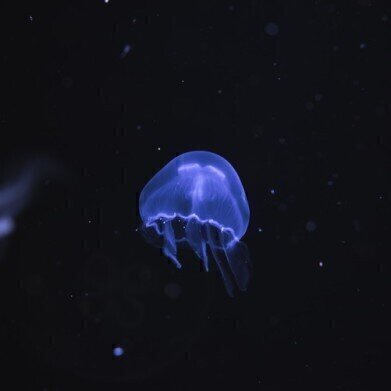Bioanalytical
Luminous Fungi — What Makes Them Glow in the Dark? — Chromatography Explores
May 15 2017
Many people have heard about, and seen, fireflies lighting up the evening sky as chemical reactions in the insect’s body cause the release of light. The phenomenon — bioluminescence — happens in other animals like fish and worms. Perhaps one of the best examples are when boats disturb phytoplankton in the sea which then emit a light that produces a glow in the boat’s wake.
Now a paper published in the journal Science Advances carries a report from a team that explains how fungi also glow in the dark. There are apparently around 80 species of fungi that glow, or exhibit bioluminescence in different parts of the globe. But why do they glow and what makes them glow?
Glow in the dark mushrooms
Researchers first reported on why mushrooms glow in the dark rather than how. In a paper in Current Biology, a team report that fungi use bioluminescence to attract insects such as beetles and flies. These insects then carry the fungal spores away to help the mushroom to reproduce and spread to new habitats — helping to ensure that the species survives.
But the team also discovered something special about one species of mushroom — Neonothopanus gardneri. It can tell the time. Well, perhaps not when Coronation Street is on, but, it uses its circadian clock to tell the mushroom when to glow. The circadian rhythm or clock is simply the 24-hour rhythms that are observed in many living things which control physiological processes like sleep. But in this particular mushroom, the clock told the mushroom when it was dark enough for them to glow — so that they didn’t waste valuable chemical energy glowing in the sunlight. But this didn’t tell the researchers how the mushrooms glow.
Lucifer has the answer
Now an international team from Japan, Brazil and Russia, has isolated the chemical reactions that fungi utilise to glow. They determined that the glow in mushrooms is due to the interaction of the compound luciferin and the enzyme luciferase in the presence of oxygen forming a compound called oxyluciferin.
They analysed the reaction using high performance liquid chromatography and mass spectrometry and state that the light is emitted when the oxyluciferin releases an oxygen molecule and returns to its ground state. The energy released in this reaction is emitted as green light — the light seen by the insects the fungi hope to attract. The use of mass spectrometry to analyse samples for novel compounds is discussed in the article, Tackling the chromatographic analysis of novel psychoactive substances with High Resolution Mass Spectrometry.
The same reactions are used by many other species to emit light and the researchers could even tune the reaction to produce different colours of emitted light. The work might help researchers in genetics, who could use genes that code for light in their research.
Digital Edition
Chromatography Today - Buyers' Guide 2022
October 2023
In This Edition Modern & Practical Applications - Accelerating ADC Development with Mass Spectrometry - Implementing High-Resolution Ion Mobility into Peptide Mapping Workflows Chromatogr...
View all digital editions
Events
Apr 28 2024 Montreal, Quebec, Canada
May 05 2024 Seville, Spain
May 15 2024 Birmingham, UK
May 19 2024 Brno, Czech Republic
May 21 2024 Lagos, Nigeria














